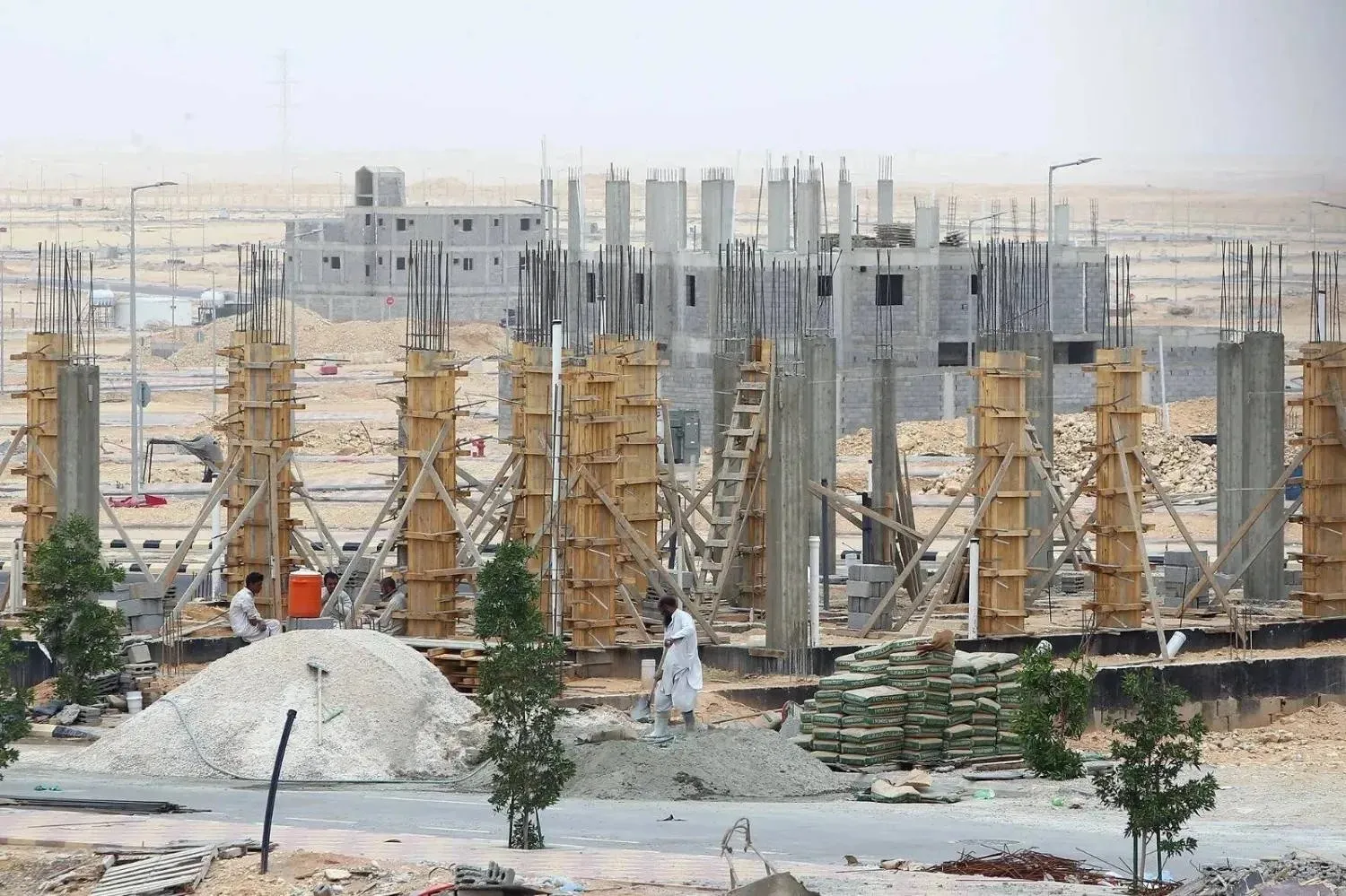The third edition of the Future Aviation Forum 2024 has kicked off in Riyadh, welcoming more than 5,000 industry leaders from 120 nations. The event highlights investment opportunities worth over $100 billion in Saudi Arabia’s aviation sector.
Key announcements on the first day included Saudi Arabian Airlines (Saudia) signing its biggest deal ever with Airbus. Saudi Arabia also announced its cooperation with Boeing and Airbus to use locally produced aluminum and titanium in their planes, aiming to boost local manufacturing.
Additionally, plans for a new national airline to be launched later this year were revealed.
Saleh Al-Jasser, Minister of Transport and Logistics Services and Chairman of the General Authority of Civil Aviation (GACA), launched the three-day conference in Riyadh. The event brought together over 30 ministers, 77 civil aviation leaders, airline CEOs, and 5,000 aviation experts from around the world.
Al-Jasser pointed out the significant changes in Saudi Arabia’s aviation sector since the pandemic, with remarkable growth. He stressed the need for collaboration to tackle challenges.
He highlighted key achievements, including Saudi Arabia’s rise to the 13th position globally in air connectivity and a record-breaking 112 million passengers in 2023, a 26% increase from 2022.
Al-Jasser also mentioned the sector’s adoption of new economic regulations for airports and air transportation services.
The minister also shared updates on legislative improvements and expansion plans during a press conference on the forum’s sidelines. These changes cover economic regulations, agency services, and airspace management, all coordinated with relevant authorities.
He mentioned that the updates aim to meet targets set by the National Aviation Sector Strategy, including reaching 300 million passengers and 250 destinations.
Al-Jasser also discussed plans to build and expand airports, including King Salman International Airport in Riyadh, which aims to accommodate 100 million passengers by 2030.
Additionally, he highlighted Saudi Arabia’s sustainability efforts, such as the Saudi Green Initiative and the Middle East Green Initiative, targeting a 2% reduction in carbon footprint annually.
GACA President Abdulaziz bin Abdullah Al-Duailej stated that the first day of the forum witnessed great success, with numerous commercial deals, initiatives, and agreements aimed at enhancing global connectivity.
The agreements announced during the forum are a testament to the confidence in the growth and investment opportunities provided by the civil aviation sector in the Kingdom, reaffirming the Kingdom’s leading position in the global aviation sector.
Saudi Arabian Airlines (Saudia) entered a deal with Airbus to purchase 105 aircraft of the A320-Neo and A321-Neo models to expand and modernize its fleet, enhancing global air connectivity with various countries.
During the forum, the GACA also launched the first edition of the Kingdom's aviation sector report, which highlighted the civil aviation sector’s contribution to the Kingdom’s economy, amounting to $53 billion.
The GACA also issued a roadmap for general aviation, aiming to develop the business aviation and private aircraft sector in the Kingdom, with the goal of increasing its size tenfold by 2030.
Future Aviation Forum 2024 in Riyadh Highlights Global Investment Opportunities

The president of the International Civil Aviation Organization (ICAO) during their speech at the Future Aviation Forum 2024 in Riyadh (Asharq Al-Awsat)

Future Aviation Forum 2024 in Riyadh Highlights Global Investment Opportunities

The president of the International Civil Aviation Organization (ICAO) during their speech at the Future Aviation Forum 2024 in Riyadh (Asharq Al-Awsat)
لم تشترك بعد
انشئ حساباً خاصاً بك لتحصل على أخبار مخصصة لك ولتتمتع بخاصية حفظ المقالات وتتلقى نشراتنا البريدية المتنوعة







